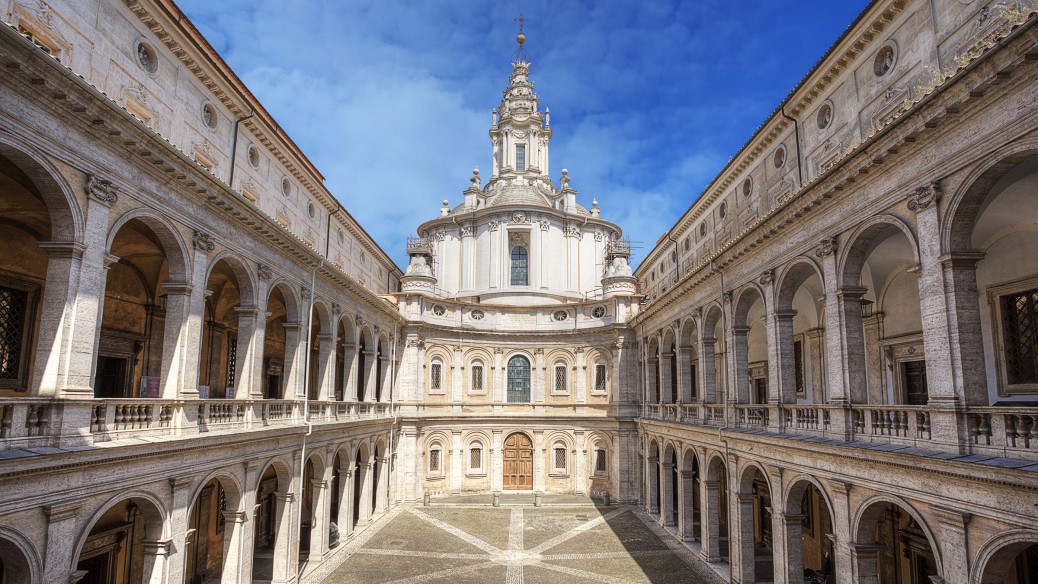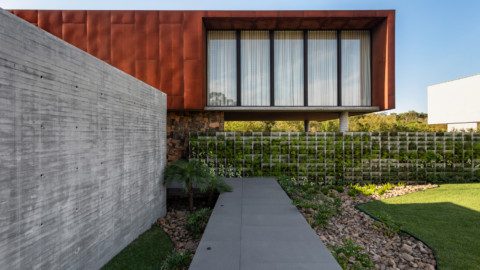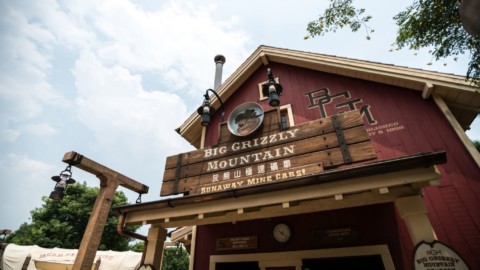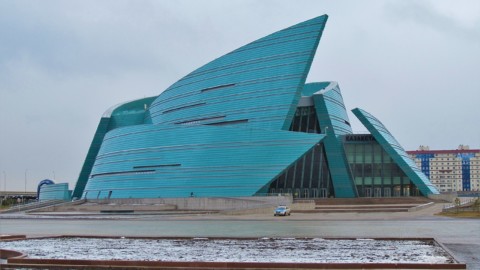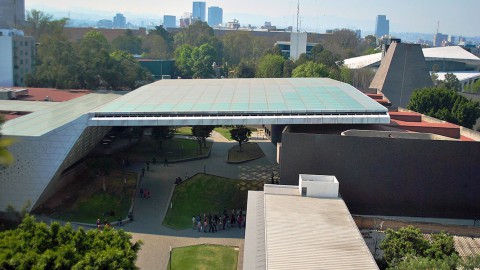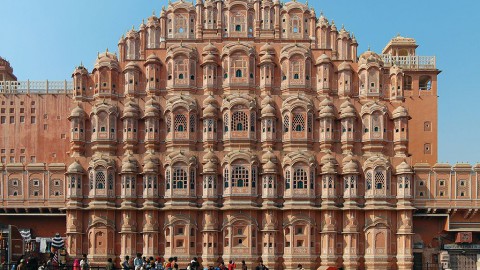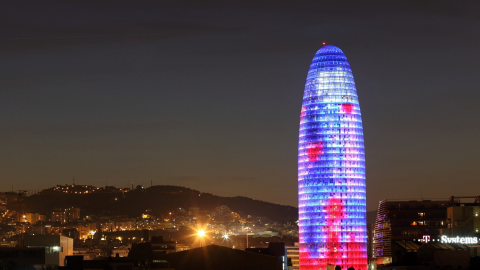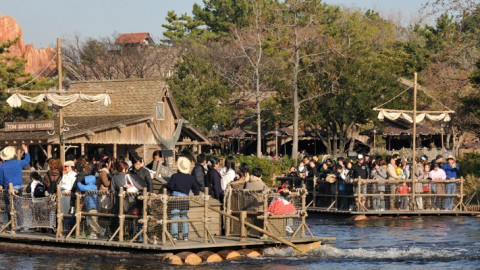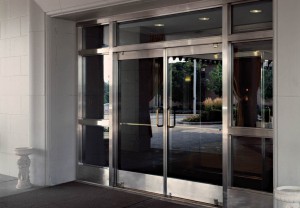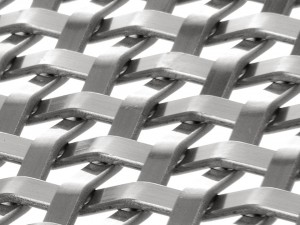Sant’Ivo alla Sapienza 聖依華堂
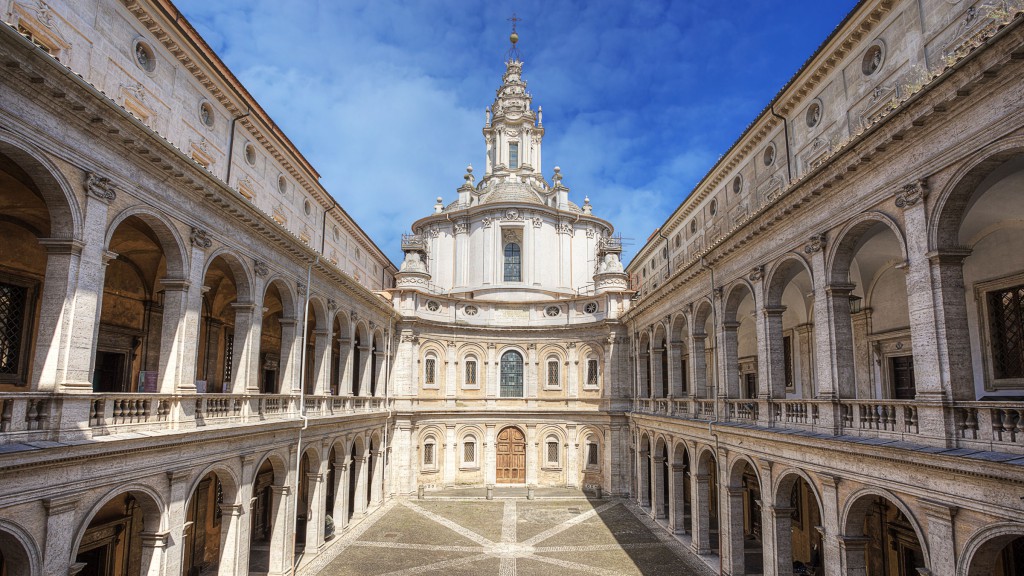
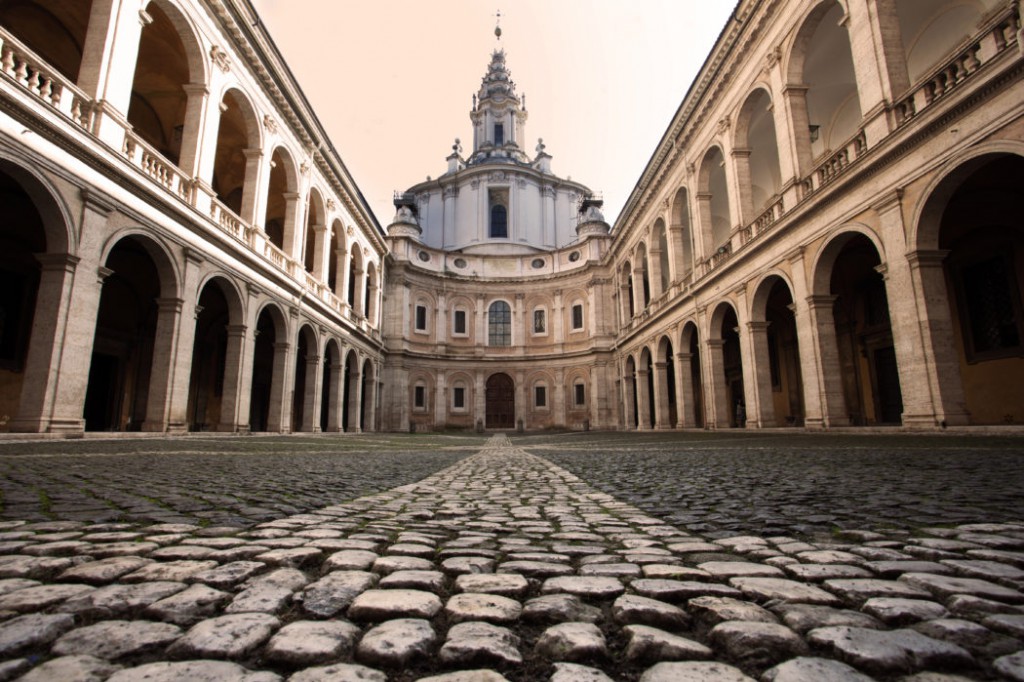
From: https://it.wikipedia.org/wiki/Chiesa_di_Sant%27Ivo_alla_Sapienza
Sant’Ivo, embraced by the wings of the Palazzo alla Sapienza
Basic information
Location Rome, Italy
Geographic coordinates 41°53′54″N 12°28′28″ECoordinates: 41°53′54″N 12°28′28″E
Affiliation Roman Catholic
Country Italy
Year consecrated 1660
Ecclesiastical or organizational status Rectory Church
Leadership Msgr. Agostino de Angelis
Website Official website
Architectural description
Architect(s) Francesco Borromini
Architectural type Church
Architectural style Baroque
Groundbreaking 1642
Completed 1660
Specifications
Direction of façade ENE
Length 27 metres (89 ft)
Width 26 metres (85 ft)
Sant’Ivo,由Palazzo alla Sapienza的翅膀所擁抱
基本信息
地點意大利羅馬
地理坐標41°53’54“N 12°28’28”生態坐標:41°53’54“N 12°28’28”E
所屬羅馬天主教
國家意大利
一年奉獻了1660年
教會或組織狀況教區教堂
領導主教。 阿戈斯蒂諾·德·安吉利斯
網站官方網站
建築描述
建築師Francesco Borromini
建築類型的教堂
建築風格巴洛克式
1642破土動工
已完成1660
產品規格
外牆的方向ENE
長27米(89英尺)
寬度26米(85英尺)
Sant’Ivo alla Sapienza (lit. ‘Saint Ivo at the Sapienza (University of Rome)’) is a Roman Catholic church in Rome. Built in 1642-1660 by the architect Francesco Borromini, the church is a masterpiece of Roman Baroque architecture.
The church is at the rear of a courtyard at 40, Corso del Rinascimento; the complex is now used by the State Archives of Rome.
Sant’Ivo alla Sapienza(在羅馬大學(Sapienza,羅馬大學)聖伊沃廣場)是羅馬的天主教堂。 教堂建於1642年至1660年由建築師弗朗切斯科Borromini,是羅馬巴洛克式建築的傑作。
教堂位於Corso del Rinascimento街40號的一個庭院的後面; 該複合體現在被羅馬國家檔案館使用。
History
In the 14th century, there was a chapel here for the palace of the University of Rome. The University is called La Sapienza, and the church was dedicated to Saint Ivo (or Yves, patron saint of jurists). When a design was commissioned from Borromini in the 17th century, he adapted to the already existing palazzo. He choose a plan resembling a star of David – which would have been recognized at the time as a Star of Solomon, symbolizing wisdom – and merged a curved facade of the church with the courtyard of the palace. The corkscrew lantern of the dome was novel. The complex rhythms of the interior have a dazzling geometry to them.
The main artwork of the interior is the altarpiece by Pietro da Cortona, portraying St. Yves.
在十四世紀,這裡有一座教堂,供羅馬大學的宮殿使用。 這所大學被稱為La Sapienza,教堂是獻給聖伊沃(或伊夫法學家的守護神)。 當17世紀由Borromini設計的一個設計,他適應了已經存在的宮殿。 他選擇了一個類似於大衛之星的計劃 – 當時這個計劃被認為是所羅門之星,象徵著智慧 – 並將教堂的一個彎曲的立面與宮殿的院子合併在一起。 圓頂的螺旋燈籠是新穎的。 內部複雜的節奏對他們來說是一個令人眼花繚亂的幾何形狀。
內部的主要藝術品是Pietro da Cortona的祭壇,描繪了St. Yves。
Exterior
The church rises at the end of a courtyard, known as the courtyard of Giacomo della Porta. The façade is concave, molding the church into the courtyard as if completing it rather than disrupting it. The façade itself looks like a continuation of the courtyard arches except with the openings filled in with small windows, a door, and a larger glass window above the door. Above the façade is a large parapet structure so that only the higher stages of the church is seen past the façade. A key exterior aspect is the top of the church: the lantern of Sant’Ivo is topped with a spiral shape, surmounted by a Cross.
Interior
The interior of Sant’Ivo is unique because of the shapes incorporated into the rotunda. Borromini was well known for fusing of geometrical shapes as well as his pairing of columns in order to facilitate curves, incorporating them in an harmonious manner in his project at San Carlino. But for Sant’Ivo, Borromini did not blend the different shapes. The rotunda of Sant’Ivo is contrived of distinct shapes, a triangle with its three angles cut as if bitten off, and semi-circles located in between the triangle’s three lines. Despite the shift from the smooth geometrical alignments of San Carlino to the sharper abrupt geometrical bends in Sant’Ivo, both buildings exhibit harmony between the sharp edges and the curves and spheres. Borromini utilized curves (semi-circles) and edges (clipped triangle tips) in equal amounts to define the shape of the rotunda. This blending of edges and curves is arguably Borromini’s most distinguishable signature.
Another detail is that windows associated with the round sections of the dome are larger than those associated with the edges. One of the edgy sections is where the entrance is located while the altar is located on the opposite end, a round section. The two other round and edgy sections to the sides are identical in features . Through the perforations in the lantern, sunlight illuminates the dome through an oculi. Francesco Borromini had a talisman with the shape of a flying bee installed in the roof of the lantern as this is a symbol of the family of Urban VIII Barberini who patronized the construction of Sant’Ivo.
The aisles of arches surrounding the right and left wings of the bird or of Sant’Ivo are themselves not halted by the church. Here, the space between the arches and the walls in the aisles still continues past the church’s sides. Each aisle has a single lateral entrance to the church. These hindered side entrances lead to hexagonal rooms(one on each side), and these hexagonal rooms are connected to the rotunda as well as the smaller façade windows. Behind the Altar to the rear of the church lies two more hexagonal rooms with windows aligned on the back. To the rear wings of the altar are the passages leading to the two separate hexagonal rear rooms.
The inside walls and dome of the rotunda were covered by Borromini with sculptures and motifs. On each edgy and round section there are columns of stars leading up to an angel’s face with wings. One close observable difference between the round segments and the edgy ones is that the round ones exhibit a motif of six eggs in a pyramid formation with three crowns holding them together while the edgy segments exhibit a bouquet of flowers held together by a single crown.
外觀
教堂升起在一個庭院的盡頭,被稱為Giacomo della Porta的庭院。外立面是凹的,把教堂塑造成庭院,好像完成它而不是打亂它。立面本身看起來像庭院拱門的延續,除了開口處填滿了小窗戶,一扇門和一扇門上方的大玻璃窗。立面上方是一個巨大的欄杆結構,所以只有教堂的較高階段才能看到立面。關鍵的外部方面是教堂的頂部:Sant’Ivo燈籠頂部是一個螺旋形狀,跨越了十字架。
室內
由於圓形大廳的形狀,Sant’Ivo的內部是獨一無二的。 Borromini以融合幾何形狀以及列的配對而聞名,以便於曲線,並在San Carlino的項目中以和諧的方式融入曲線。但是對於Sant’Ivo來說,Borromini並沒有混合不同的形狀。聖伊沃圓形大廳的形狀各不相同,三角形的三角形被切掉,半圓形位於三角形的三條線之間。儘管從聖卡洛諾(San Carlino)光滑的幾何對齊轉移到聖伊沃(Sant’Ivo)更尖銳的幾何彎曲,兩座建築之間的銳利邊緣,曲線和球體之間展現了和諧。 Borromini利用等量的曲線(半圓)和邊緣(剪切的三角形尖端)來定義圓形大廳的形狀。邊緣和曲線的混合可以說是Borromini最明顯的特徵。
另一個細節是與圓頂的圓形部分相關的窗口大於與邊緣相關的窗口。其中一個尖銳的部分是入口的位置,而祭壇位於另一端,一個圓形的部分。另外兩個圓形和前衛部分的特徵是相同的。通過燈籠的穿孔,陽光透過眼睛照亮穹頂。弗朗切斯科·博羅米尼(Francesco Borromini)在燈籠屋頂安裝了一隻形狀為飛翔的護身符,這是巴耶貝里(Urban VIII Barberini)家族的象徵,他們光顧了Sant’Ivo的建築。
圍繞著鳥類的右翼和左翼或Sant’Ivo的拱門的通道本身並沒有被教堂阻止。在這裡,拱門和過道牆之間的空間仍然延續到教堂的兩側。每個過道都有一個通向教堂的側門。這些受阻側入口通向六角形房間(每邊一個),這些六角形房間連接到圓形大廳以及較小的外牆窗戶。在教堂後面的祭壇後面還有另外兩個六角形的房間,窗戶對著後面。祭壇的後翼是通向兩個獨立的六角形後室的通道。
博羅米尼用圓形雕塑和圖案覆蓋了圓形大廳的內牆和圓頂。在每一個前衛和圓形的部分,有一連串的星星通向天使的翅膀。圓形部分和尖銳部分之間有一個密切的可觀察的差別,圓形部分呈現出六個金字塔形雞蛋的圖案,三個冠形物將它們保持在一起,而這些尖銳的部分錶現出一束由一個冠形物組成的花束。
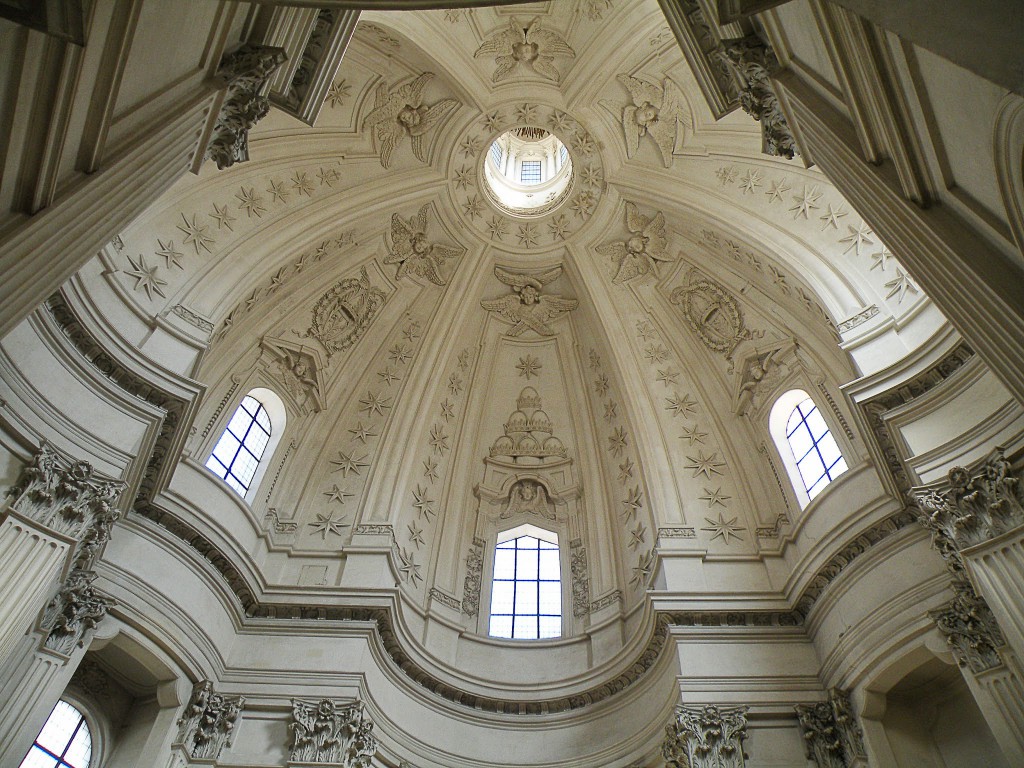
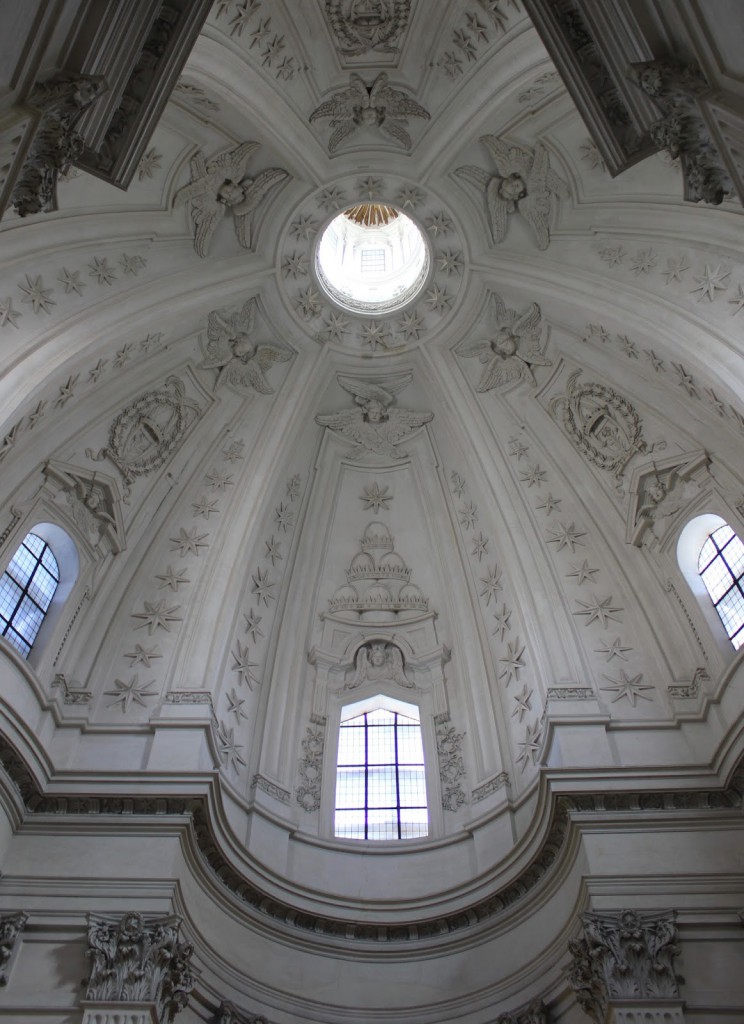
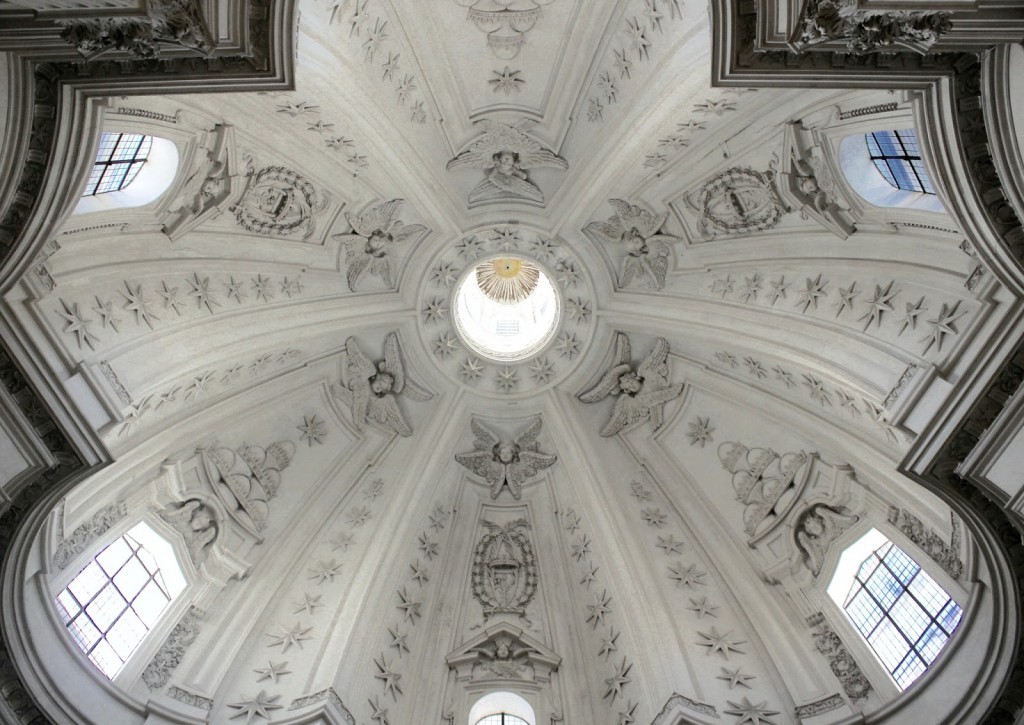
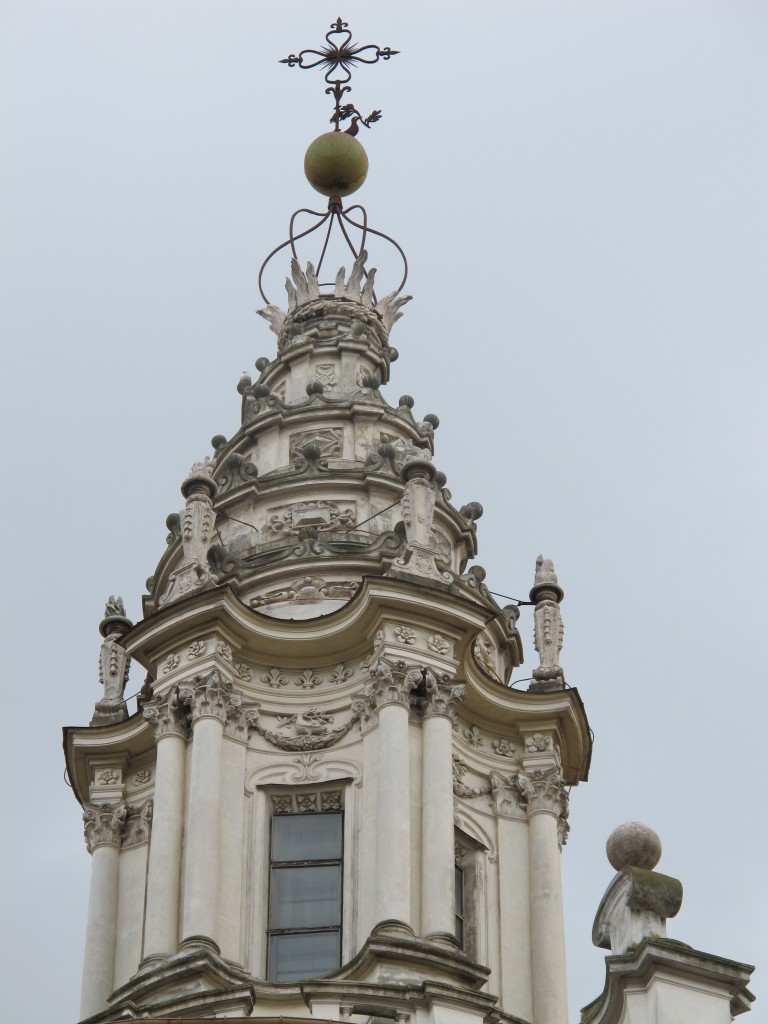
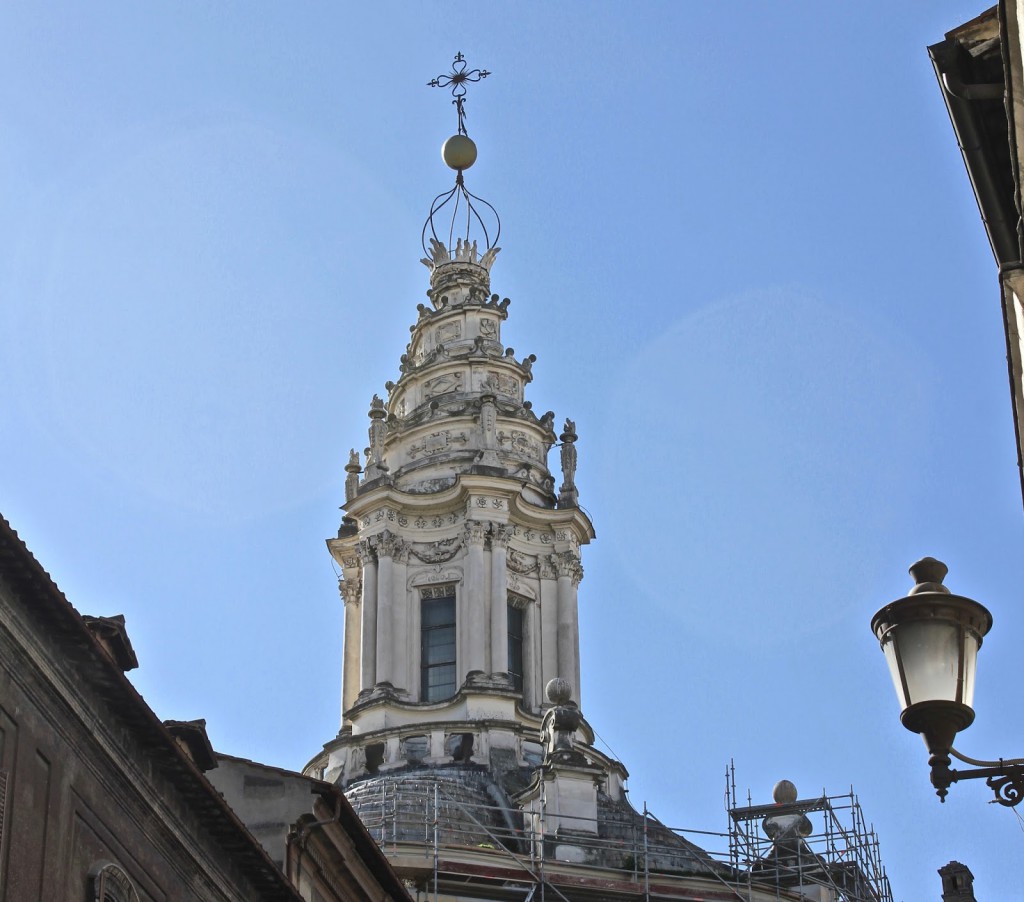
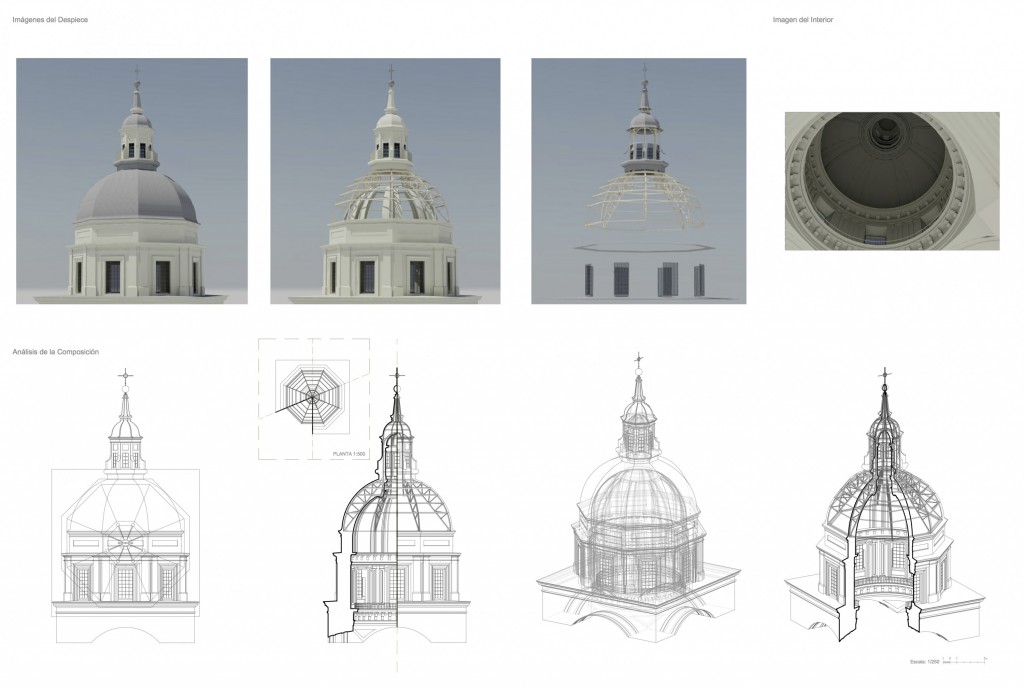
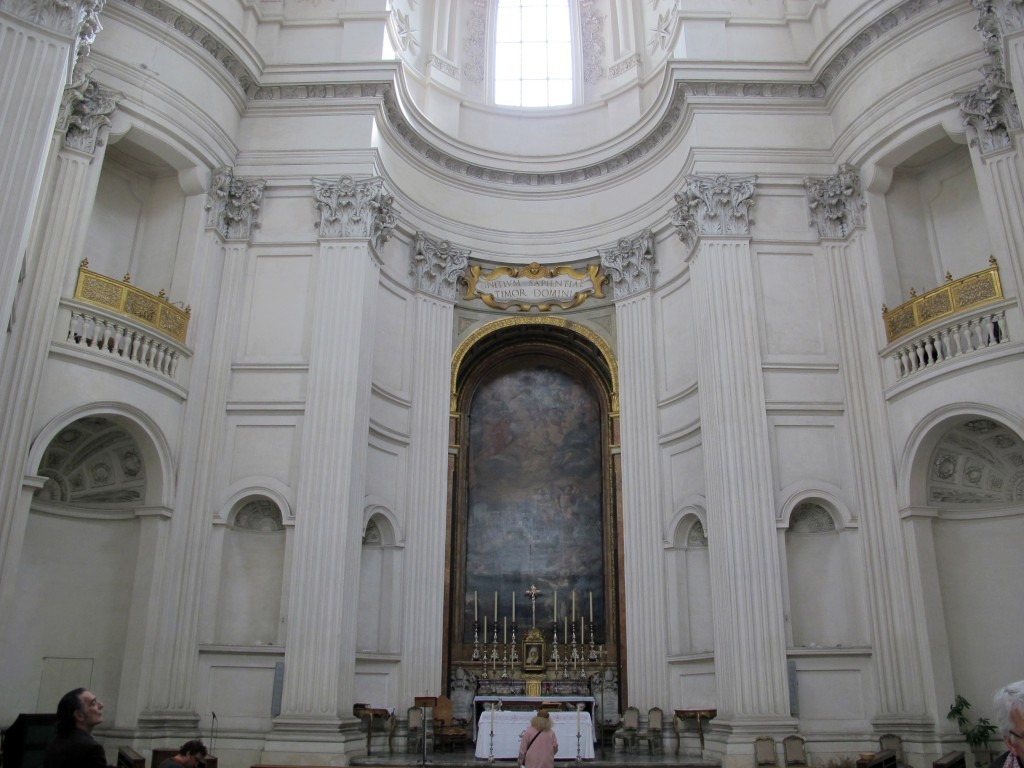
FRANCESCO BORROMINI: SANT’ IVO ALLA SAPIENZA (HD)
From: Alexander Smarius
Other Article:
http://unitfifteen.blogspot.tw/2014/02/rome-roma-unit-15-map-21-to-30.html
http://romananglican.blogspot.tw/2016/02/baroque-wonder-santivo-alla-sapienza-by.html
The above article is purely for appreciation and sharing purposes, as well as the construction of new technology and the public can be in-depth understanding of the information at the same time there are sources, will be able to query, no use of the document as a commercial transaction, if illegal, please inform the We will immediately remove the site, thank you for cooperation.
以上文章純粹作為欣賞及分享用途,以及將建築新型技術傳遞給與大眾能夠深入了解,同時資料還有來源,將可查詢,絕無使用該文件資料作為商業交易行為,如有違法請務必告知該網站我們將立即處理撤除,謝謝合作。

